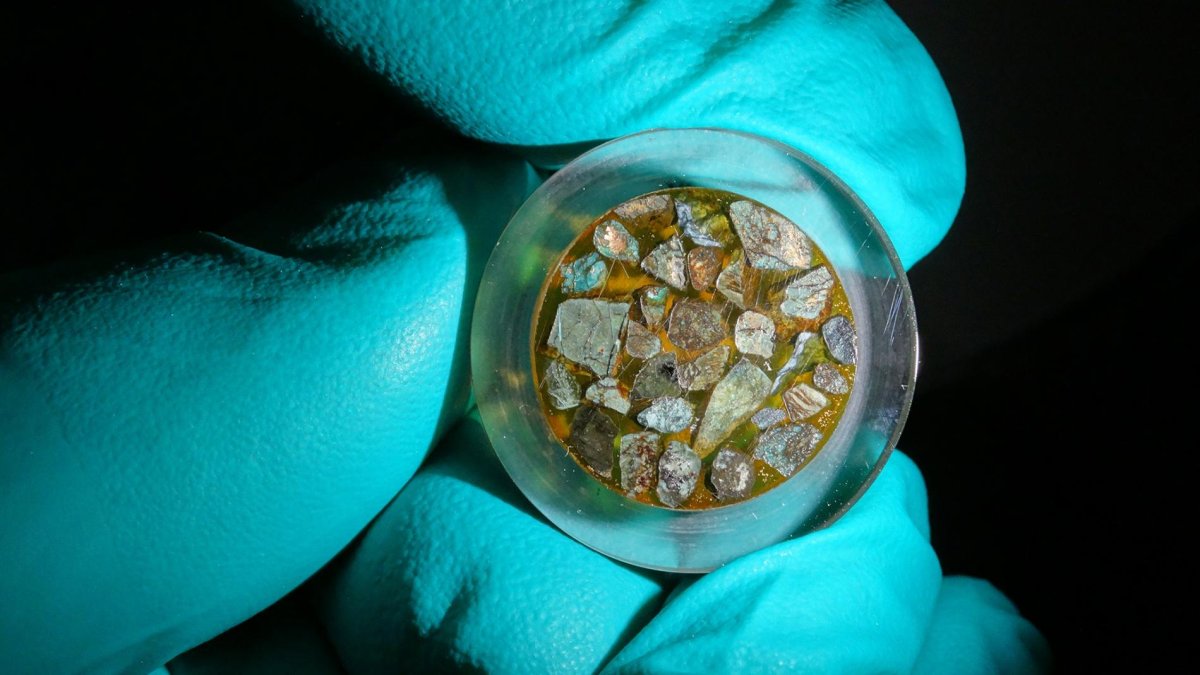
Early Life Surviving Below
While the average depth of the ocean is just 2.2 miles, you’d have to travel another four or so to reach the bottom of the massive underwater canyon known as the Mariana Trench. This underwater world is the deepest known place on Earth today, and now, scientists are reporting that the mysterious canyon may also tell the story of how some of the earliest lifeforms on our planet survived in the past.
The Mariana Trench is part of a subduction zone where the sea floor is cluttered with mud volcanoes and hydrothermal vents — evidence of our planet’s molten core. The entire region is located directly over the friction point between the Philippine Sea and Pacific tectonic plates.
Approximately four billion years ago, nascent life on a much younger Earth was hard-pressed to survive the hostile surroundings. The planet endured frequent asteroid strikes and was pock-marked with craters and molten rock. Livable spaces and food were scarce, even for microbes, so researchers think some early lifeforms managed to survive despite these challenges by going deep and calling the Mariana Trench home.
A new study published in the Proceedings of the National Academy of Sciences reports that researchers found traces of organic materials in samples of mineral-rich mud from a mud volcano near the Mariana Trench. Although they did not find actual microbes intact, the organic material could indicate that even the most extreme environments may be able to support life. If these samples do prove to be evidence of life, it would be the deepest form of life ever found on our planet.
“This is another hint at a great, deep biosphere on our planet,” study leader Oliver Plümper told National Geographic. “It could be huge or very small, but there is definitely something going on that we don’t understand yet.”
Other Life, Other Worlds
Subduction zones like the one in which the samples were discovered are relatively cool — what we understand to be the temperature limit for life, 121 degrees Celsius (250 degrees Fahrenheit), wouldn’t be reached until six or more miles below the floor of the ocean. Furthermore, the minerals in which the organic materials were found are formed through a process known as serpentinization, which produces both methane and hydrogen gases that microbes can then consume as food.

Since they started to look for it in the 1960s, scientists have found serpentinization all over the planet: where continents meet and form, inside mountain ranges that were once at the bottom of the ocean, and near hydrothermal vents.
Because serpentinization is fairly common and can support life in extreme conditions, scientists think it might be the key to finding life on other worlds. Both Saturn’s moon Enceladus and Jupiter’s moon Europa likely have deep liquid oceans underneath their icy exteriors, and Enceladus appears to have some tectonic activity, the source of subduction zones like those of the Mariana Trench.
However, scientists in search of microbial life deep within the trenches of other worlds would need to conquer the same challenges as scientists studying the Mariana Trench here on Earth. Reaching deep enough for direct study isn’t possible, so you’re limited to interpreting evidence spewed from geysers and extracted from rock. “I think of it kind of like a message in the bottle,” explained Plümper. “We have this container coming up, and we are opening it up and trying to figure out what’s going on.”